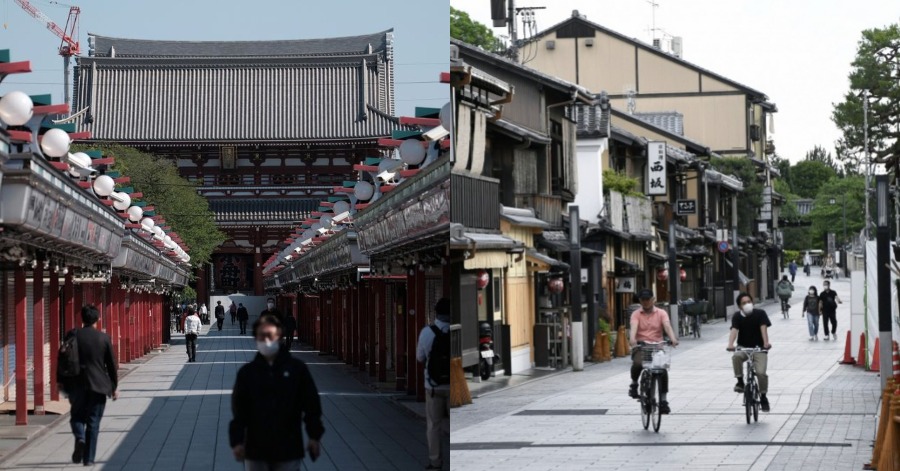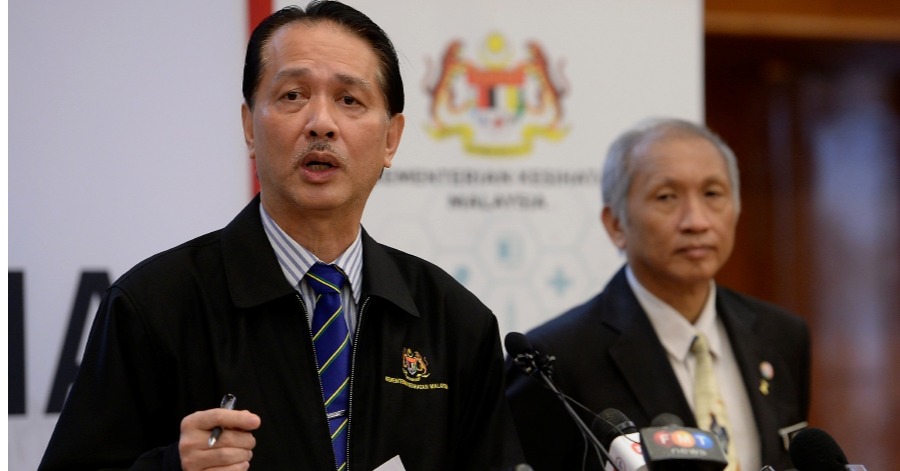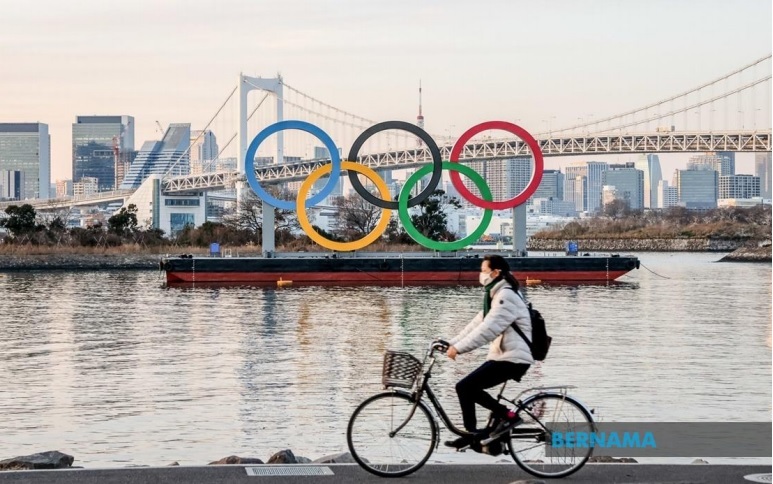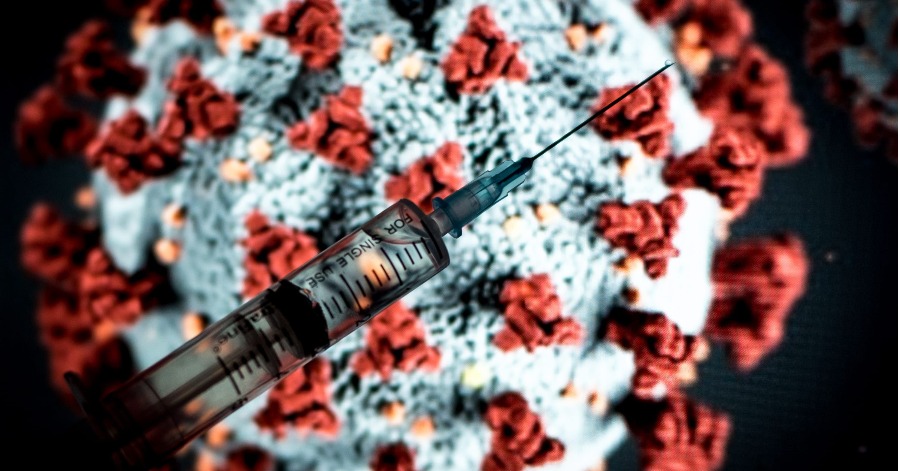TOKYO, Aug. 24 — As Japan sees a resurgence in the number of COVID-19 cases, restaurants and bars are struggling to find ways to survive and recover from the impact of the outbreak with customers again decreasing recently, reported Xinhua news agency.
According to government data, the country’s economy in the April-June quarter shrank an annualised 27.8 per cent in real terms from the previous quarter, the worst contraction on record, as most economic activities were restricted under a state of emergency during the outbreak.
Among them, spending on services such as dining out and travel fell 12.7 per cent month-on-month, the first double-digit decline, and an annualized 42 per cent decline.
During April and May, when a state of emergency was in place, restaurants and bars were requested to shorten their opening hours while many ended up shutting altogether. Industry insiders had expected a sharp turnaround after the state of emergency was lifted. However, there was no significant improvement in June.
According to Japan Food Service Association, the average sales of its member companies were less than 80 per cent of the same period last year.
To make things worse, the number of new COVID-19 infections continued to rise in urban areas including the capital and its surrounding areas since July, making many people reluctant to eat out, so that the recovery of the catering industry has been tepid.
Some restaurants were forced to close stores to stop losses. A survey of 100 major listed catering companies by financial newspaper Nikkei found that they planned to close more than 1,000 stores by the end of July.
A latest report by the Tokyo Shoko Research showed that 283 service sector companies went bankrupt in July with debts of more than 10 million yen (US$94,510), an increase of 16.9 per cent over the same period last year.
The food service industry accounts for about 5 per cent of the total employed population in the country, and the closure of restaurants will drag down Japan’s economic recovery, affecting social security, household income, and personal consumption.
To attract more customers back, many restaurants have stepped up disinfection, reducing the number of seats and keeping diners at a distance. Many high-end restaurants have also started offering boxed lunches and home delivery.
Some restaurants launched innovative marketing. For instance, Izakaya restaurant chain Watami is using electronic ordering in its new restaurants, and has added a conveyor belt similar to that at a sushi restaurant to reduce contact between customers and staff.
Meanwhile, Japanese fast-food restaurant Mos Burger began exploring new business models amid the COVID-19 pandemic. In July, it began experimenting with remotely controlled humanoid robots that could walk around and provide voice ordering services, which not only reduces contacts, but also cuts labour costs.
Tsukada Nojo, another chain of Izakaya restaurant, saved money by “sharing employees” and introducing their staffs to undermanned industries such as retail and agriculture.
The practice is expanded in industries such as airline services, tourism and agriculture, as well as entrepreneurial companies, and has become a new option to weather the virus outbreak and cushion its economic fallout together.
Source: BERNAMA









Leave a Comment